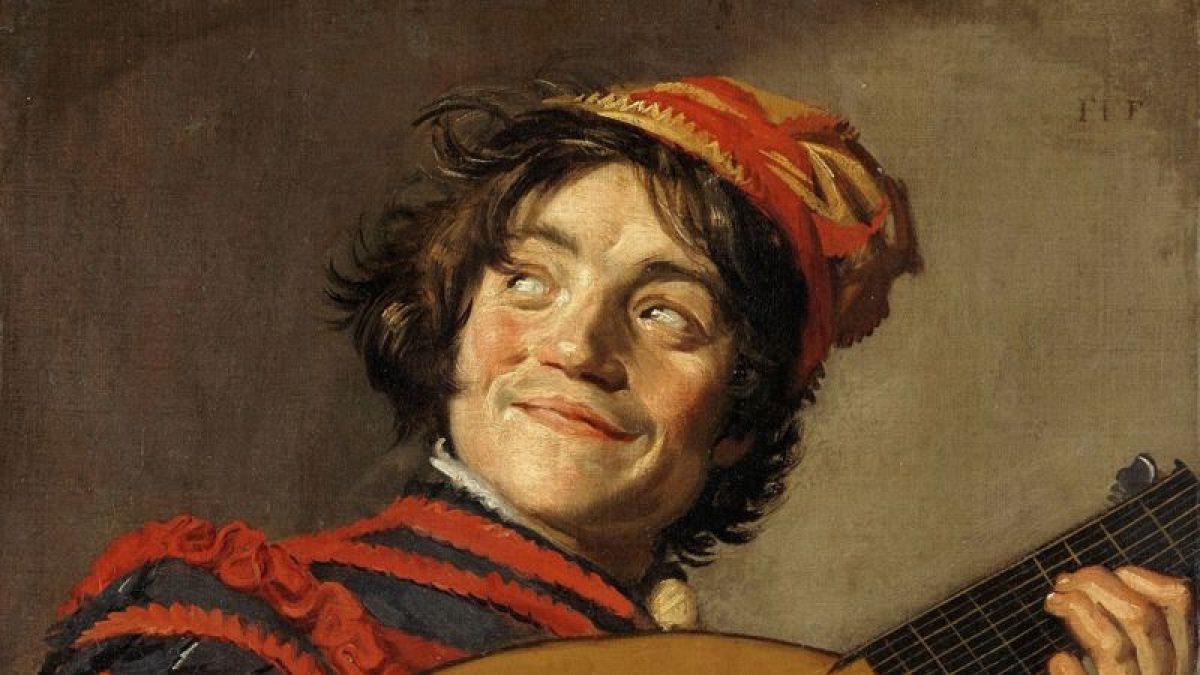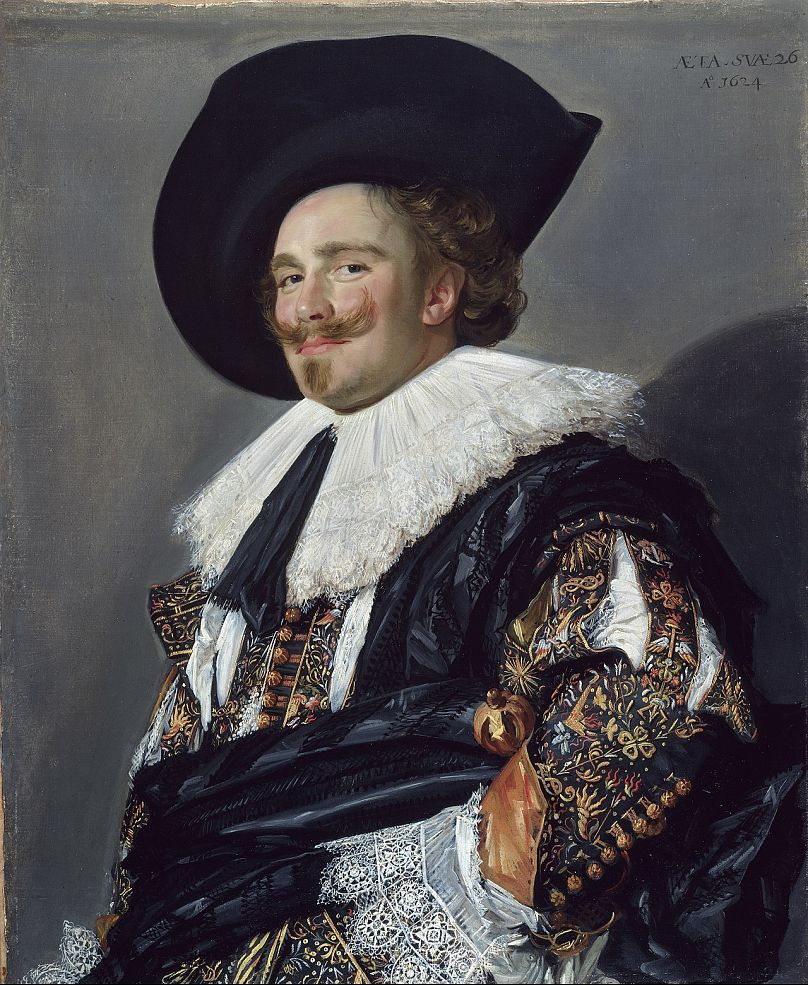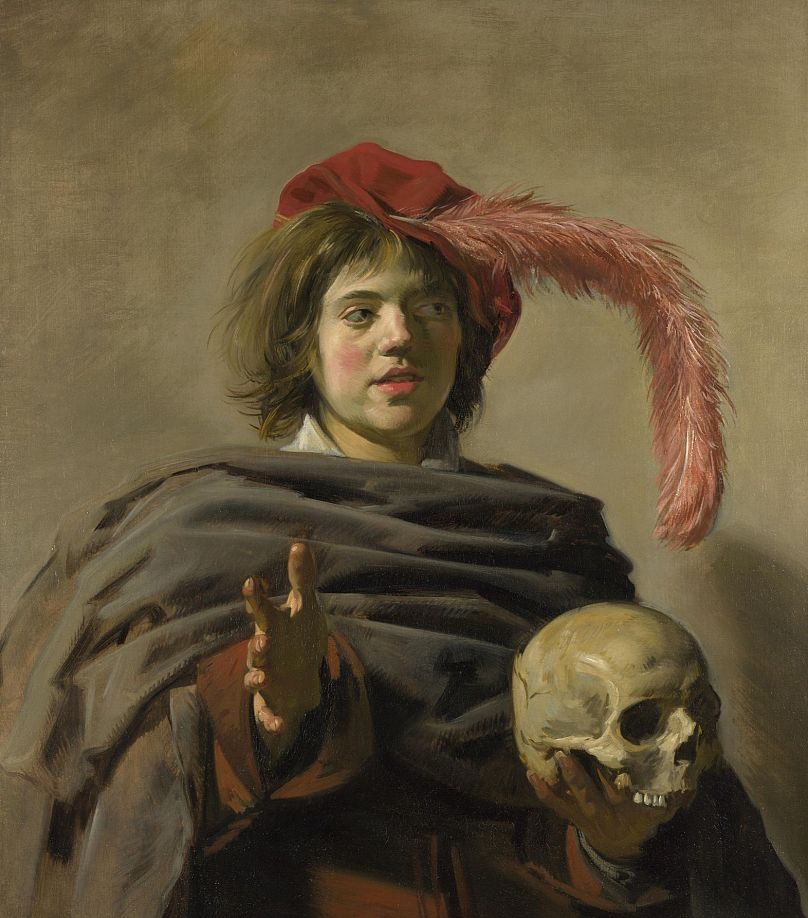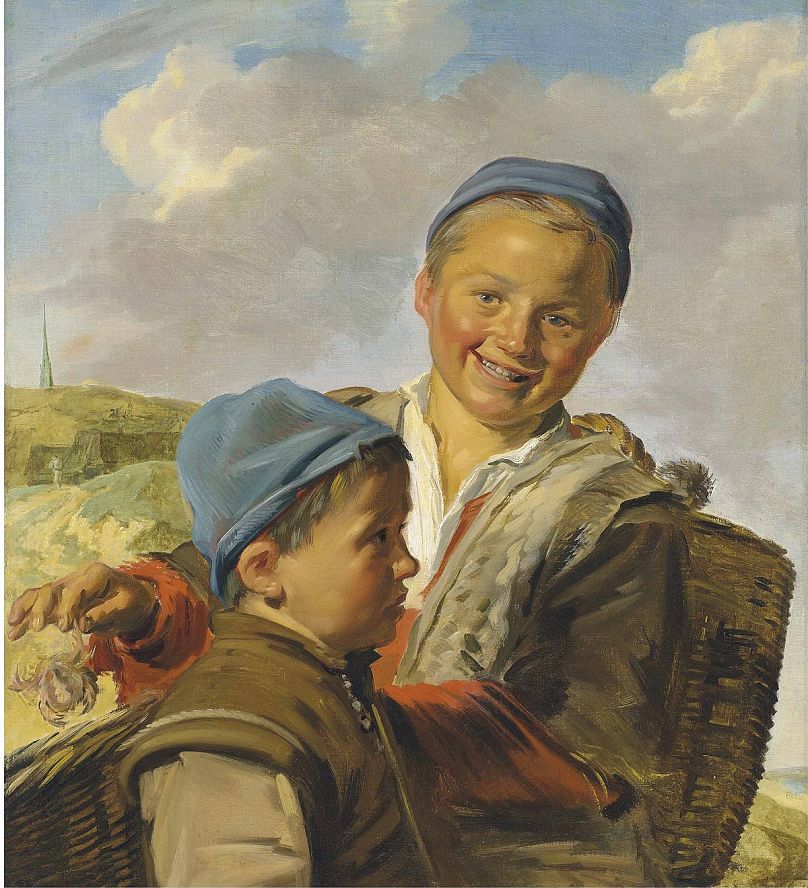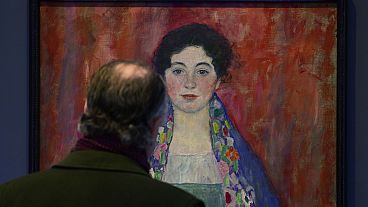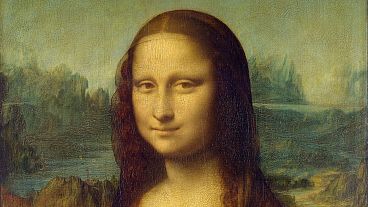After celebrated solo exhibitions of Vermeer and Rembrandt, the Rijksmuseum is set to unveil a new exhibition dedicated to the joyous painting of Frans Hals.
In the early 17th century, laughter was almost never captured on a painter's canvas.
Frans Hals changed that.
A new exhibition of the Dutch master's paintings that opens this week at Amsterdam's Rijksmuseum, celebrates the joy he introduced to the artform.
Taking centre stage is one of Hals' most renowned works, affectionately nicknamed 'The Laughing Cavalier'. The painting epitomises the humour threaded throughout his work and has journeyed from the Wallace Collection in London, marking its first overseas venture since 1870.
There are 47 other masterpiece by Hals being showcased at the exhibition.
Joy unleashed
“He was not a sober painter,” says Friso Lammertse co-curator of the exhibition. “The people, they often laugh, and that’s very remarkable in the 17th century - that they smile or even laugh, which was hardly done," he says.
The show that debuted at the National Gallery in London last year now moves to the Dutch capital, near Haarlem where Hals did most of his work and lived with his sprawling family.
Lammertse says that Hals was likely influenced by Flemish masters Peter Paul Rubens and Anthony Van Dyk, but goes even further.
“He does this loose brushstroke, ... because it belongs to the avant guard of European art at this moment. But it is also functional - it suggests a kind of movement. And he goes further than all the others in aspiring to, to to show that movement,” he explains.
Hals' loose, fluid brushstrokes that are another of his trademarks and a ground-breaking technique that made him a major influence of later artists like Vincent van Gogh and Édouard Manet.
The Hals exhibition follows recent blockbuster shows at the Amsterdam museum showcasing the two other great names of 17th century Dutch art — Rembrandt van Rijn and Johannes Vermeer.
Taco Dibbits, the director of the Rijksmuseum says Hals brings joy to the museum.
"Nearly everybody laughs on Frans Hals, his pictures. And when you walk through the exhibition, you start laughing yourself because it's of a freedom with the brush strokes. Really the brush strokes dance over the canvas. And he was the first to discover this. If you really have a brush stroke that's so broad and he takes it to an extreme, it's so free. You get movement in the painting itself, by the way you use your material. And that's why we wanted to show Frans Hals, because he's it's about joy and it's something we need.”
The exhibition opens 16 February at the Rijksmuseum and runs through 9 June. From 13 July 12 to 3 November it moves to Gemäldegalerie in Berlin.
